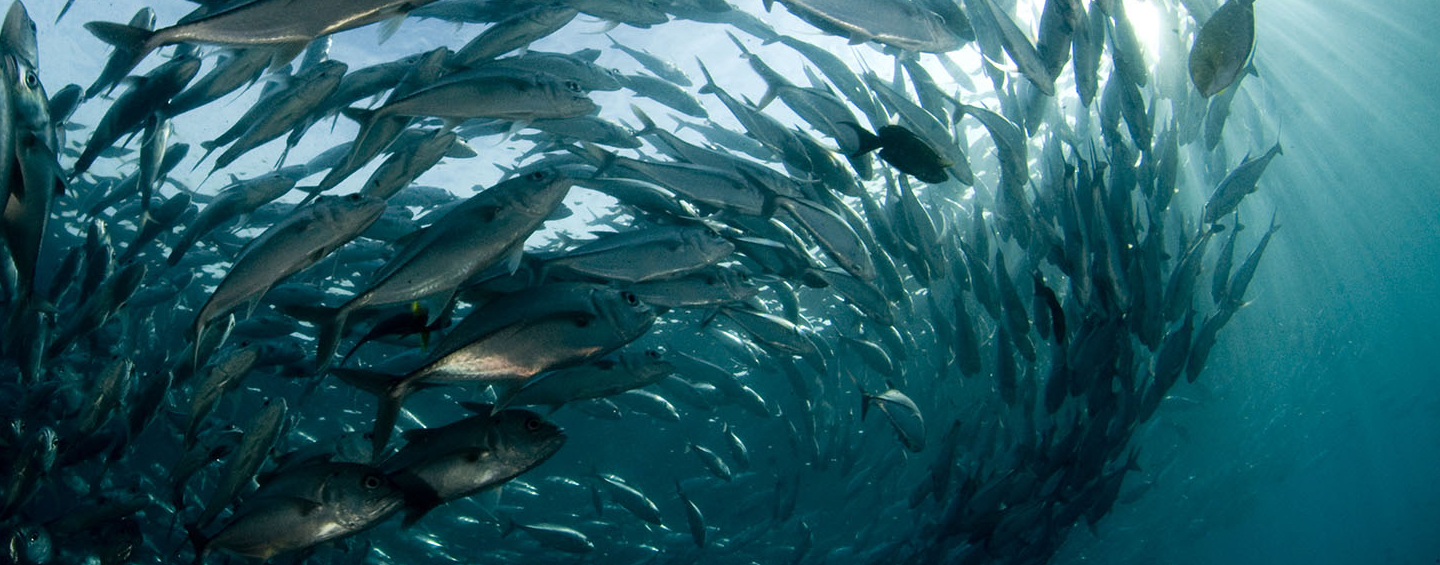I first heard about the Ocean Disclosure Project (ODP) when I saw the media news in 2015 that UK retailers Asda (the first company to report via the ODP), Morrisons, and The Co-operative Food, along with aquaculture feed producers Biomar and Skretting had agreed to publish their sourcing info. I eagerly read (or skimmed through) their reports, as I recognized that Europe’s industrial stakeholders continued to set the bar for sustainability, integrity and transparency in their supply chains. I knew it was only a matter of time that this important project would trickle down to North America and Albion wanted to be a part of it.
We had just spent more than three quarters of a million dollars to upgrade our ERP system to allow us to track by key sustainability sourcing attributes (i.e. harvest location, catch method, farmed vs. wild etc.) so we could ensure our customers had the relevant information to know where their products came from. I was pretty confident that through our product custom field data extract in our system, supplying data to the ODP process would be pretty easy. Boy, was I wrong!
While the process to consolidate the data was relatively simple, the actual verification of data was another story. When we set up new seafood product codes (and we have over 4,000) we relied on our suppliers to provide us with accurate information to update our system with current sustainability attributes of the product or species, and that info would then be uploaded into our system. We relied on our vendors/suppliers to provide us with the correct information to input into our systems. Having been in business for over 54 years, we are very proud of our supplier relationships, many of them existing since our founding. However, what we realized was that some of our suppliers really didn’t know the details of the source of product they were offering. The ODP allowed us to analyze the data in our system and verify its accuracy. While 95 percent of the information was accurate, we quickly realized that there was some information that clearly didn’t make sense (i.e. midwater trawl for flatfish sole in Canada). The ODP tool provided us with the necessary resource to bring attention to inaccurate information we had about where our product really came from. As a company committed to sustainability it was important for us to provide accurate information so we all can feel confident that the choices we make are having a positive impact on our food resource. ODP also gave us a much clearer picture of where our product was actually sourced from and if there was an opportunity for improvement in those fisheries.
I am so happy that we undertook this project as it now provides us with a clear baseline moving forward, and we are already excited about what our 2018 report will look like. As a company that was quite confident about our product data, it was a huge eye-opener for us on areas of improvement and our sourcing strategy. Working with SFP on this project was a very smooth process and while it did take time to accumulate and review, it was one of the most useful projects we have undertaken in recent years. The cost for us was our time but the benefits we believe we are already gaining are immeasurable. Anyone who cares about maintaining a profitable business and the long term promotion of a sustainable resource needs to join this project and help us create a transparent tipping point of change.

